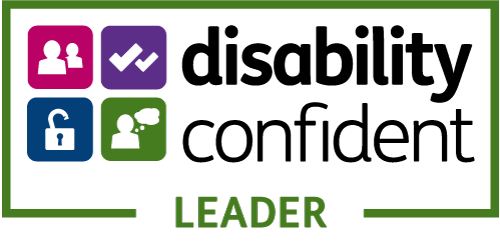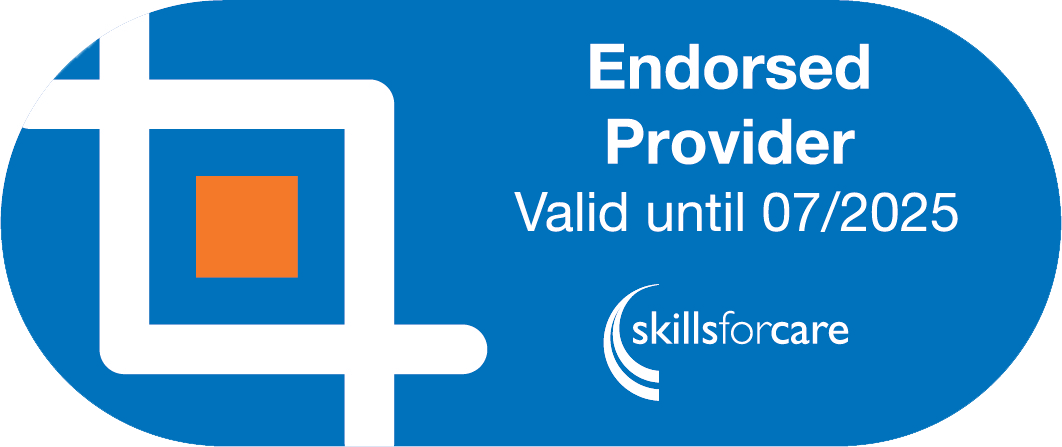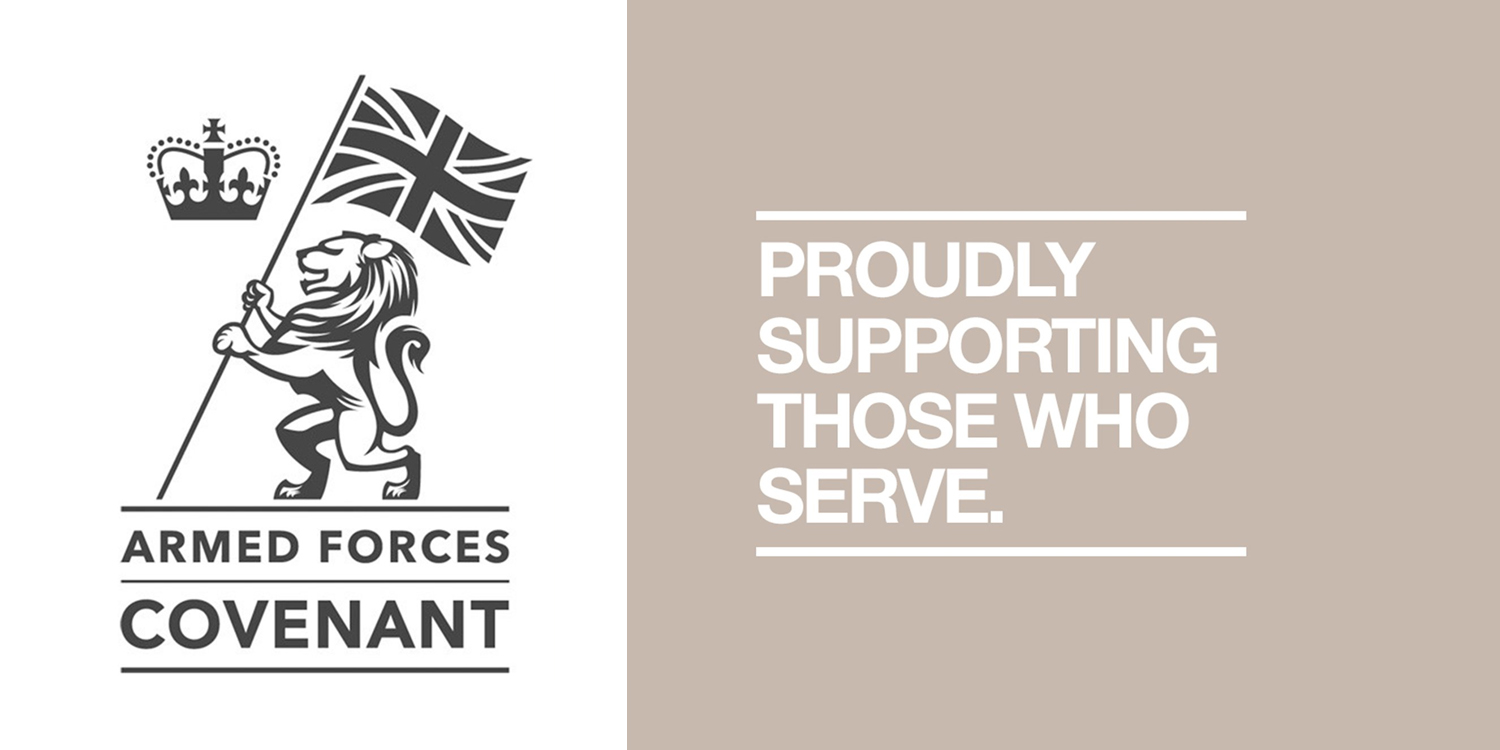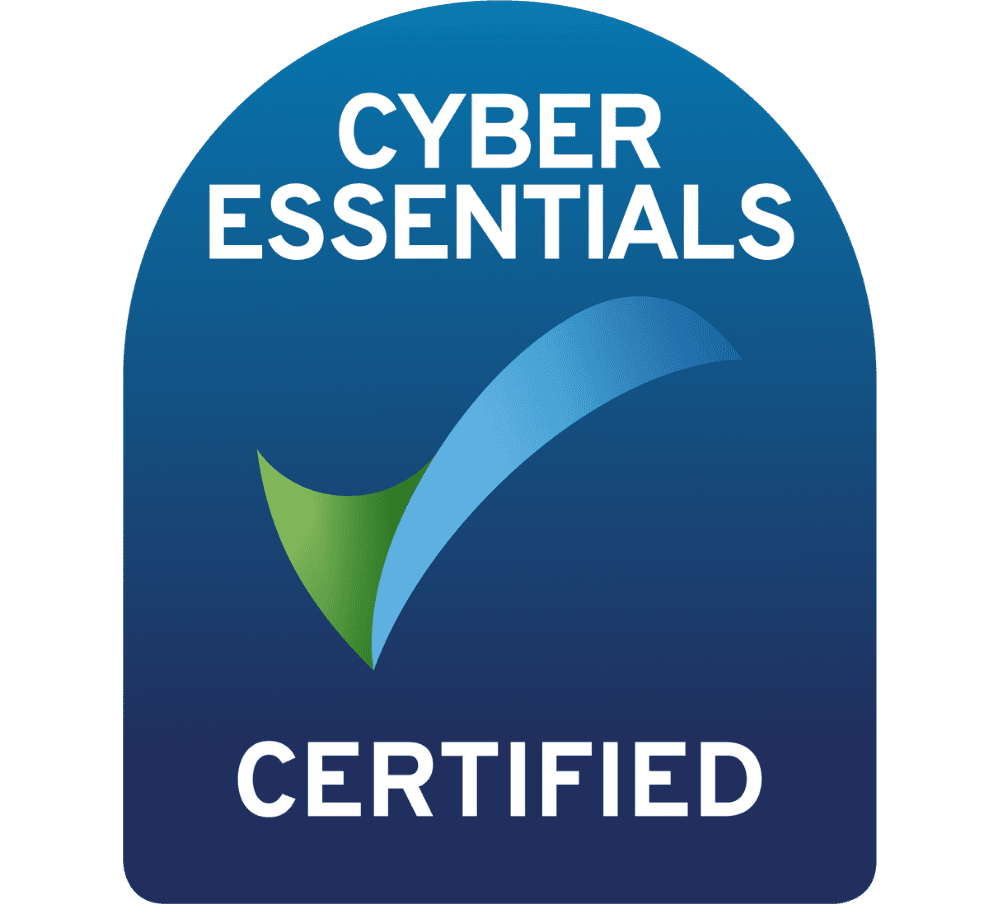
Aim: To understand how to preserve life, prevent the situation worsening and promote recovery.
Objectives:
By successfully completing this course you will be able to:
- Describe what is meant by First Aid
- Explain about the 3 priorities of First Aid
- Describe the difference between an accident and an incident
- Describe the procedure to assess the casualty’s condition
- Explain how to follow the Resuscitation Council’s guidelines, including the ABCDE approach
- Explain how to help an unconscious but breathing person
- Explain how to help an unconscious and not breathing person, including cardiopulmonary resuscitation (CPR)
- Identify what a defibrillator is, and how to use an automated external defibrillator (AED)
- Explain how to provide first aid for wounds, bleeding, burns, scalds, choking, seizures, shock, and issues with blood circulation
- Identify the signs of 3 heart conditions
- Identify the signs of a stroke
- Describe the symptoms, triggers, and action plan to help anyone affected by anaphylaxis
- Identify the essential tasks to be performed after providing any form of first aid
Introduction
Welcome to the Halo Staffing blended course on first aid. To complete this course, you must also attend a face-to-face class session accompanied by the online material and activities you will complete in this part of the course. If you have not already done so, you can book the face-to-face session through our website, www.halostaffing.co.uk.
We begin this course with the definition of first aid, along with informing you of the 3 priorities of a first aider. We then move on to understanding the difference between an accident and an incident, what you must know if you were to find a casualty, and how to give the casualty the best chance of recovery and survival.
The during the face-to-face session we discuss, demonstrate, and practice adult resuscitation, including the primary survey, the recovery position, the secondary survey, Cardio Pulmonary Resuscitation (CPR), and the chain of survival. We also cover the use of a defibrillator, signs and symptoms of heart conditions and stroke, choking, seizures, wounds, bleeding, burns, scalds, shock, and issues with blood circulation.
We finish this blended course with a detailed discussion about anaphylaxis and the essential tasks to be performed after providing any form of first aid.

